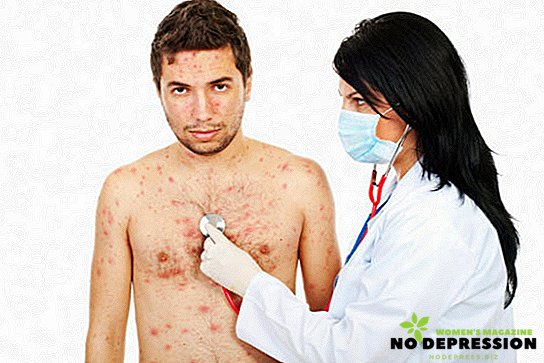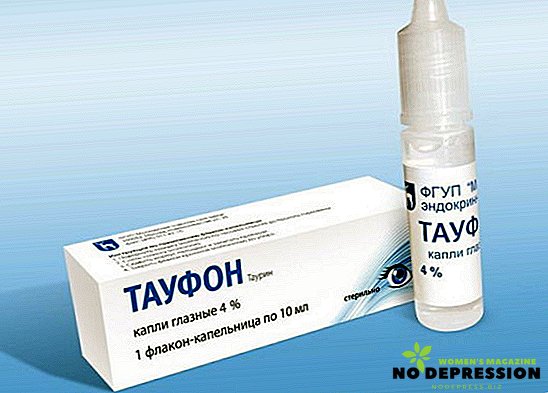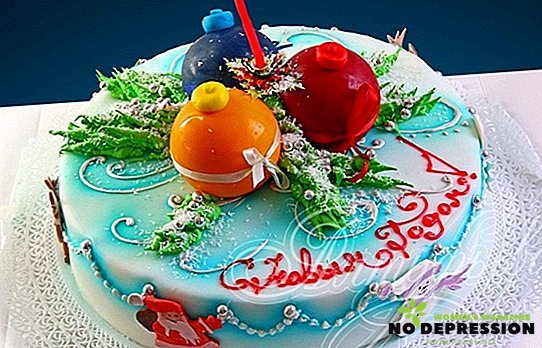In the intestine and reproductive organs has its own microflora. When the composition and ratio of microorganisms is disturbed, dysbacteriosis occurs. This is the most common disease that can occur in people of any age. The treatment in this case is aimed at eliminating not only the symptoms, but also the causes.
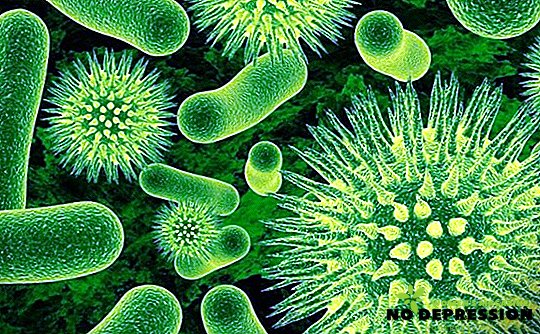
Causes of dysbiosis in adults
It is believed that officially somatic diseases dysbacteriosis does not exist. In fact, dysbiosis is a functional disorder and is a sign of disturbance of the digestive system.
There are many factors that cause this disease. These can be congenital and acquired bowel pathologies, complications after past diseases.
The most common causes of dysbiosis are as follows:
- unbalanced (wrong) food;
- transferred intestinal infections;
- the use of certain groups of drugs: antibiotics, hormonal and non-steroid drugs;
- reduced immunity;
- radiation and chemotherapy in oncology;
- diseases of the gastrointestinal tract;
- emotional disorders: stress, depression.
Usually dysbacteriosis appears while taking antibiotics. After these preparations, the intestinal epithelium is affected, the composition of the microflora changes (along with the pathogenic bacteria, the beneficial ones die). Too frequent use of antibacterial drugs leads to the appearance of bacterial strains that are resistant to treatment.
Depending on the individual characteristics, dysbacteriosis can cause one or several factors.
Symptoms of intestinal dysbiosis

Symptoms can be observed for a long period of time or from time to time (after eating certain foods). Dysbacteriosis is diagnosed when there are several signs throughout the week:
- Abdominal discomfort: manifested as heaviness, nausea, rumbling or seething.
- Flatulence: bloating, gas formation. These phenomena can be considered signs of dysbiosis, if they cause discomfort, there are painful sensations.
- Irregular stools: diarrhea, constipation. This symptom provokes the development of other diseases (eg, hemorrhoids).
- Weight loss: food is not digested as it should, the body receives an insufficient amount of nutrients.
- Various ailments: weakness, apathy, drowsiness.
- Unpleasant taste in the mouth: may indicate intoxication of the body.
- Abdominal pain is a sign of inflammation.
The temperature may rise. The severity of symptoms depends on many indicators (the state of the immune system, lifestyle).
Diagnostics and types
Diagnosis of dysbiosis is the study of history, palpation of the intestine, identifying possible causes, a complete examination of the organs of the gastrointestinal tract. Laboratory methods include:
- bacteriological seeding feces;
- microscopic examination of feces;
- coprogram;
- research of scraping from intestinal walls.
The analysis of feces consists in diluting a small amount of feces in a special solution and sowing it on a nutrient medium. Dysbacteriosis is diagnosed when a decrease in the number of bifidobacteria is detected and the number of staphylococci is increased. Biochemical research determines the imbalance of intestinal microflora and a specific part of the digestive system, the stage of the disease.

Be sure to take blood for research. Through this analysis, you can learn about the presence of inflammation in the body, bleeding in the intestine.
To find out the cause of dysbiosis, apply gastroscopy. This procedure allows you to confirm or refute the presence of a violation in the area of the stomach and duodenum.
There are 4 stages of dysbiosis:
- Insignificant increase in pathogenic microflora. Symptoms at this stage are absent.
- Critical reduction of beneficial bacteria. The number of pathogenic flora is growing. The first signs of the disease appear: constipation, diarrhea, flatulence.
- Pathogens actively multiply, the mucous membrane of the intestinal walls becomes inflamed.
- General depletion of the body. There is an avitaminosis, useful bacteria are replaced by pathogenic.
In addition to the stages, there are three forms of the disease:
- latent: latent, without manifestation of symptoms;
- subcompensated: local inflammations develop, the first symptoms appear;
- decompensated: pathology covers the entire intestine.
Depending on the stage and form of the disease, appropriate treatment is prescribed.
Treatment of dysbiosis in adults

Treatment includes several methods that are used individually or in combination:
- Drug treatment. For dysbacteriosis, prebiotics, probiotics and synbiotics are used. These preparations prepare the intestines for colonization with beneficial bacteria and fill it with them.
- Diet is to replace fatty, high-calorie, and sweet foods with cereals, soups, and dairy products.
- Normalization of peristalsis in the presence of constipation.
- Normalization of the gastrointestinal tract.
- Antibiotic therapy is prescribed if necessary.
As a rule, prebiotics, probiotics and diet are prescribed. The remaining methods are used in advanced cases.
Medications
Drug treatment is necessary to eliminate the symptoms of the disease, restore the intestinal microflora and correction of immunity. Medicines are prescribed only by a doctor. Antispasmodics, antidiarrheal and laxatives are used to eliminate the symptoms. In some cases, cholagogue and enzyme preparations are prescribed.
Combined therapy involves taking the following drugs:
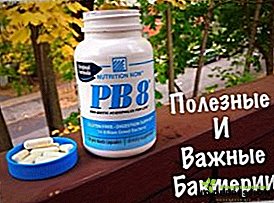 antibiotics: appointed only with the established form of the disease, infectious pathologies;
antibiotics: appointed only with the established form of the disease, infectious pathologies;- bacteriophages: kill viruses that enter the bacterial cell;
- intestinal antiseptics;
- probiotics: contain live bacteria;
- prebiotics: suppress the reproduction of pathogenic microflora;
- vegetable antiseptics are used in the presence of staphylococci;
- immunomodulators: raise local and general immunity, restore normal intestinal microflora;
- multivitamins: replenish vitamin deficiencies.
The main treatment is aimed at eliminating the cause of dysbacteriosis. Severe forms of the disease, in addition to probiotics and prebiotics, are treated with antibiotics and intestinal antiseptics.
Folk remedies and phytotherapy for dysbacteriosis
In consultation with the doctor in the complex therapy can be used folk remedies. Properly chosen fees have healing properties:
- eliminate pathogens;
- reduce gas formation;
- normalize the stool;
- increase local immunity.
The table indicates the properties of certain herbs:
| Properties | Plants and herbs |
|---|---|
| Antimicrobial | Oregano, sage, birch leaves, string, eucalyptus. |
| Antifungal | Calamus roots, peppermint, lingonberries, birch buds, black currant leaves. |
| Reduce flatulence | Chamomile, wild rose, mint, strawberry, calendula. |
| Antispasmodic | Dill, anise, fennel, immortelle, coriander. |
| Fix the chair | Oak bark, fruits of bilberry and bird cherry, sorrel rhizomes, seaweed. |
| Increase immunity | Nettle, coltsfoot, St. John's wort, rhizomes of elecampane. |
Herbal teas in the form of decoctions and infusions are used inside, and also administered in the form of enemas. The first dosages are small (to make sure there is no allergy), then the portions are increased. So, inside you can take 1/3 cup three times a day.
Diet and proper nutrition
Regardless of the stage and form of dysbacteriosis, it is recommended to adhere to a dietary diet. Food should be balanced. During treatment it is forbidden to use:
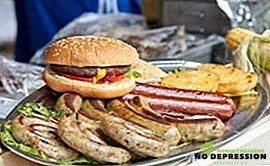 alcoholic and carbonated drinks;
alcoholic and carbonated drinks;- fast food;
- smoked meat;
- pickles and pickled dishes;
- fatty meats, including broths;
- fried food;
- mushrooms;
- fruits: grapes, bananas, sweet apples;
- sweets and pastries.
Diet normalizes intestinal motility, improves peristalsis.
Prevention
Dysbacteriosis prevention should be carried out by all people leading a healthy lifestyle. It includes the following recommendations.
- Most often, dysbiosis occurs while taking antibiotics. As a result, it is not recommended to self-medicate. If necessary, take antibacterial drugs in the diet include dairy products from the first day of taking antibiotics. In addition, it is desirable to use bifidobacteria.
- A balanced diet is necessary to maintain the balance of fats, proteins and carbohydrates, as well as to monitor the calorie content of products.
- Regular examination of the gastrointestinal tract. If necessary, carry out timely treatment.
- Physical activity improves blood circulation, peristalsis.
- Compliance with the daily regimen, the control of psycho-emotional stress.
Thus, dysbacteriosis can cause various factors (from taking antibiotics to stress). The first step is to eliminate the cause, then get rid of the symptoms of the disease. If there is a tendency to disrupt the work of the digestive system, it is recommended to constantly observe preventive measures.


 antibiotics: appointed only with the established form of the disease, infectious pathologies;
antibiotics: appointed only with the established form of the disease, infectious pathologies; alcoholic and carbonated drinks;
alcoholic and carbonated drinks;


